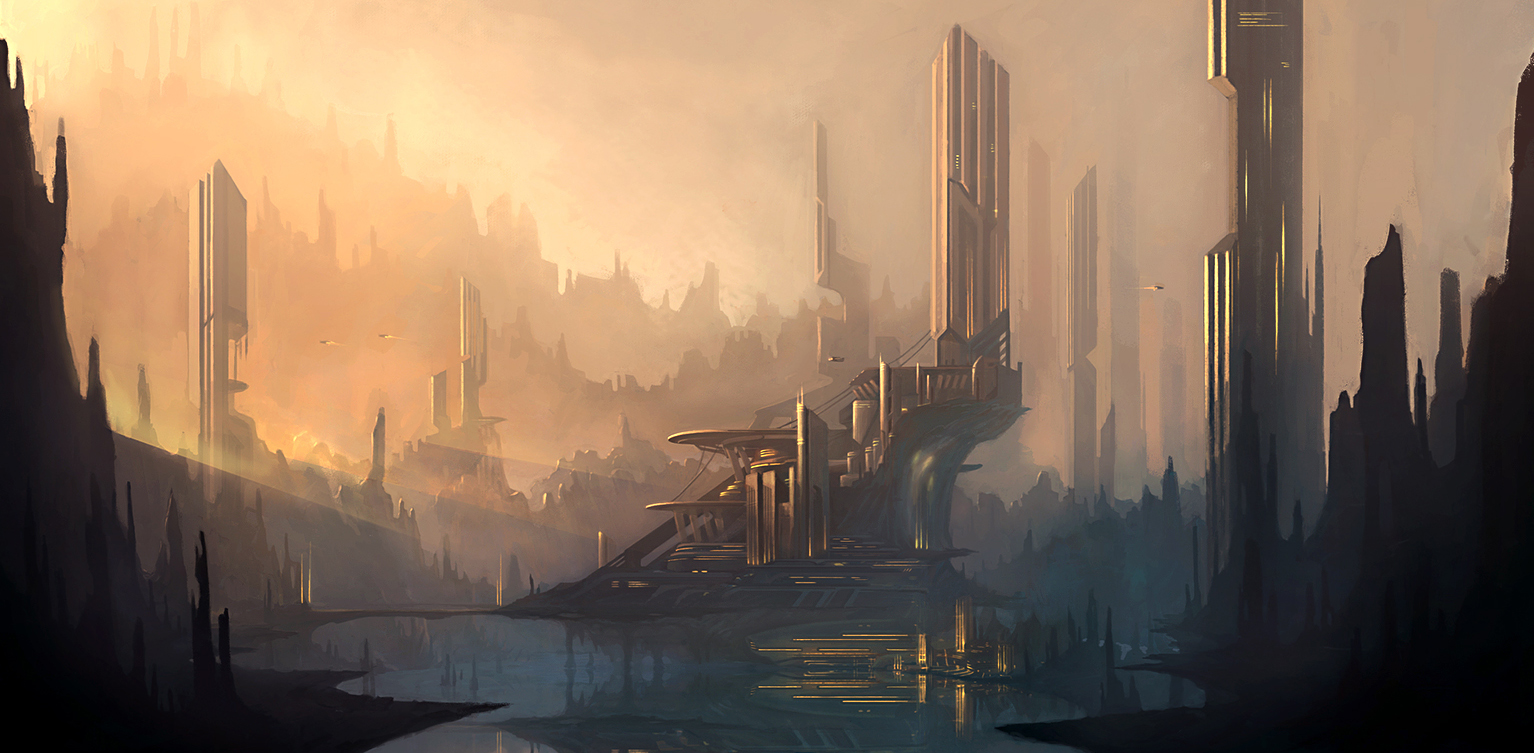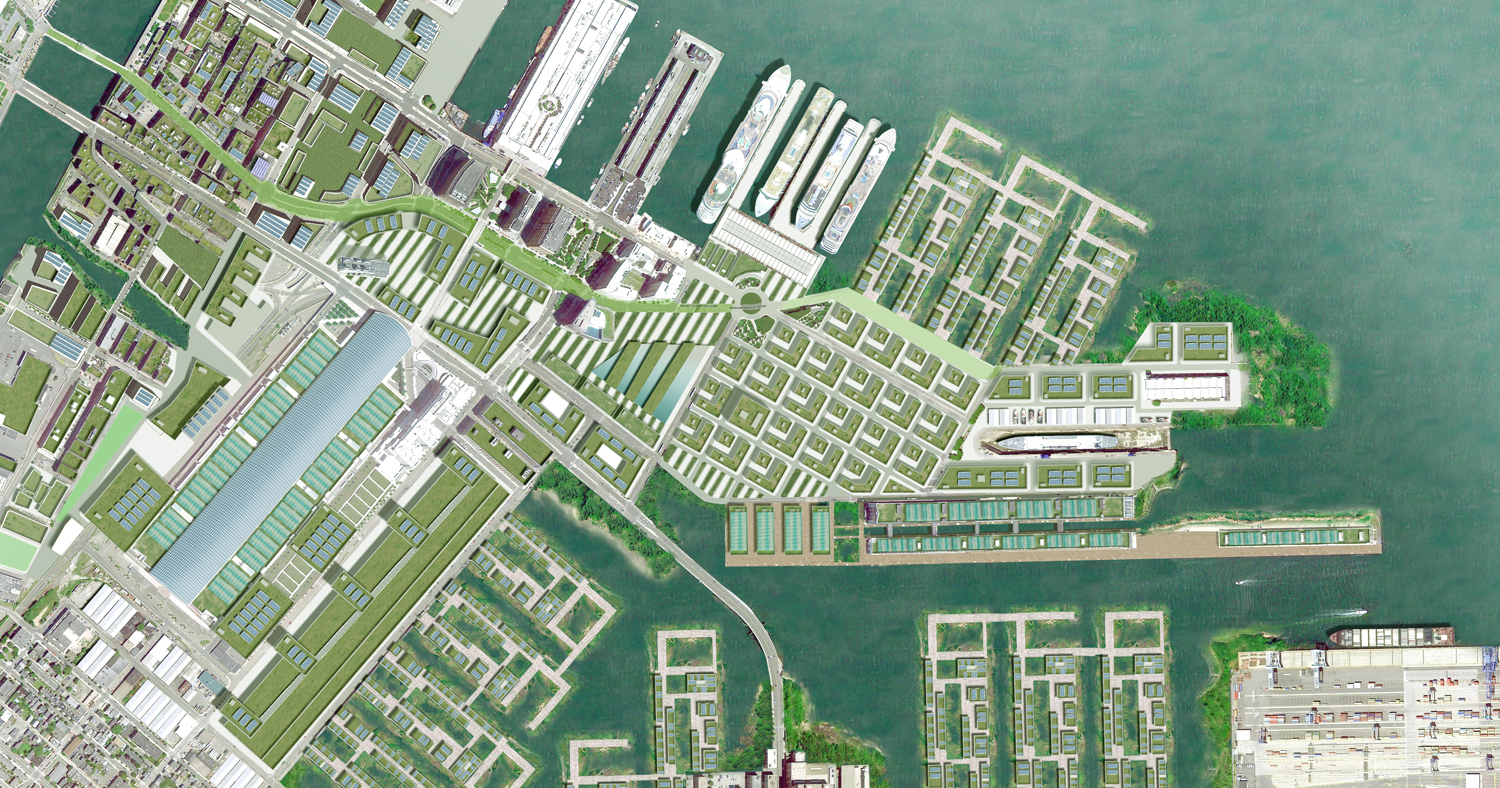For more ways to supercharge your workflow, check out more articles in our Tech for Architects series, which includes our recommendations of Top Laptops for Architects and Designers.
Inside the architect’s toolkit, 3D modeling stands at the forefront of the cutting-edge technology that has become paramount in bringing visionary designs to life. From digitally shaping conceptual ideas to advanced detailed models — ready for production — and immersive architectural imagery, 3D modeling software is the tool behind the modern architect’s workflow.
Still, what are the different features of the numerous 3D modeling programs, and what sets the best apart? In the pursuit of architectural excellence, the choice of 3D modeling application becomes a pivotal decision. In this article, we unveil the “8 Top Tools for Architectural 3D Modeling,” exploring their capabilities and strengths and thus enabling architects to push the boundaries of creativity and efficiency.
Without further ado, here are the top eight 3D modeling tools that serve as the architect’s digital canvas.
SketchUp
Best 3D Modeling Tool for Beginners
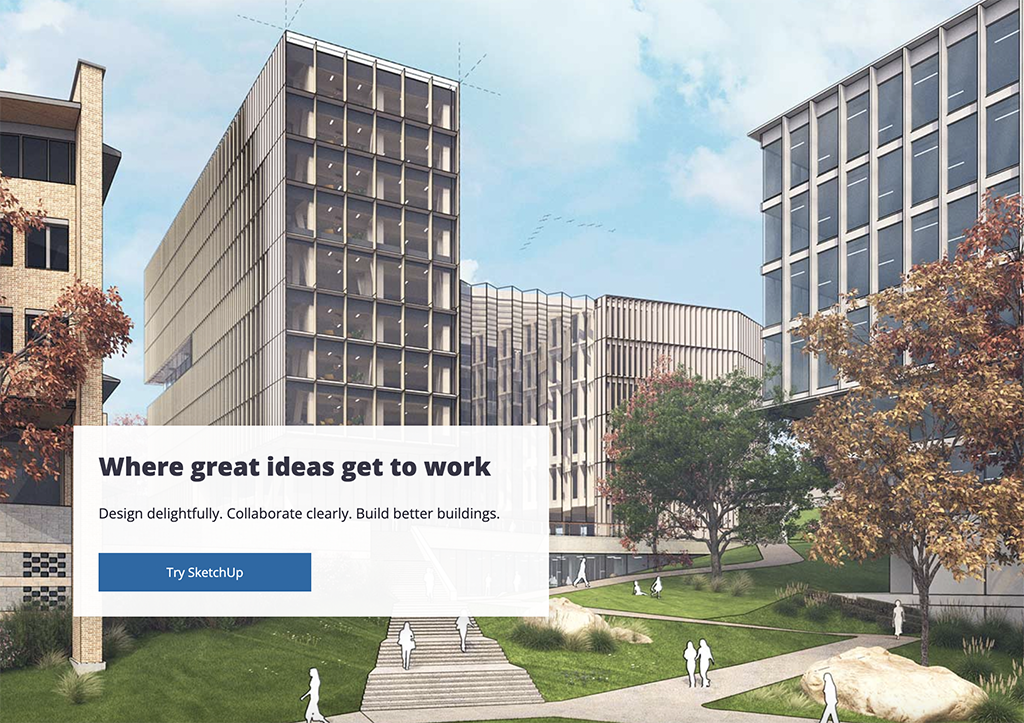 SketchUp is a 3D Modeling software inspired by hand drawn sketching. Its simple interface and smart commands allow architects to bring their designs effortlessly within the three-dimensional world. The software’s dynamic components enables users to generate precise and detailed models that can be later documented in 2D drawings. Additionally, SketchUp’s extensive 3D Warehouse offers a vast repository of pre-built models, textures and components as well as an array of additional plug-ins, significantly accelerating the design workflow.
SketchUp is a 3D Modeling software inspired by hand drawn sketching. Its simple interface and smart commands allow architects to bring their designs effortlessly within the three-dimensional world. The software’s dynamic components enables users to generate precise and detailed models that can be later documented in 2D drawings. Additionally, SketchUp’s extensive 3D Warehouse offers a vast repository of pre-built models, textures and components as well as an array of additional plug-ins, significantly accelerating the design workflow.
Learn more and review this tool >
Rhinoceros
Best 3D Modeling Tool for Complex Geometries
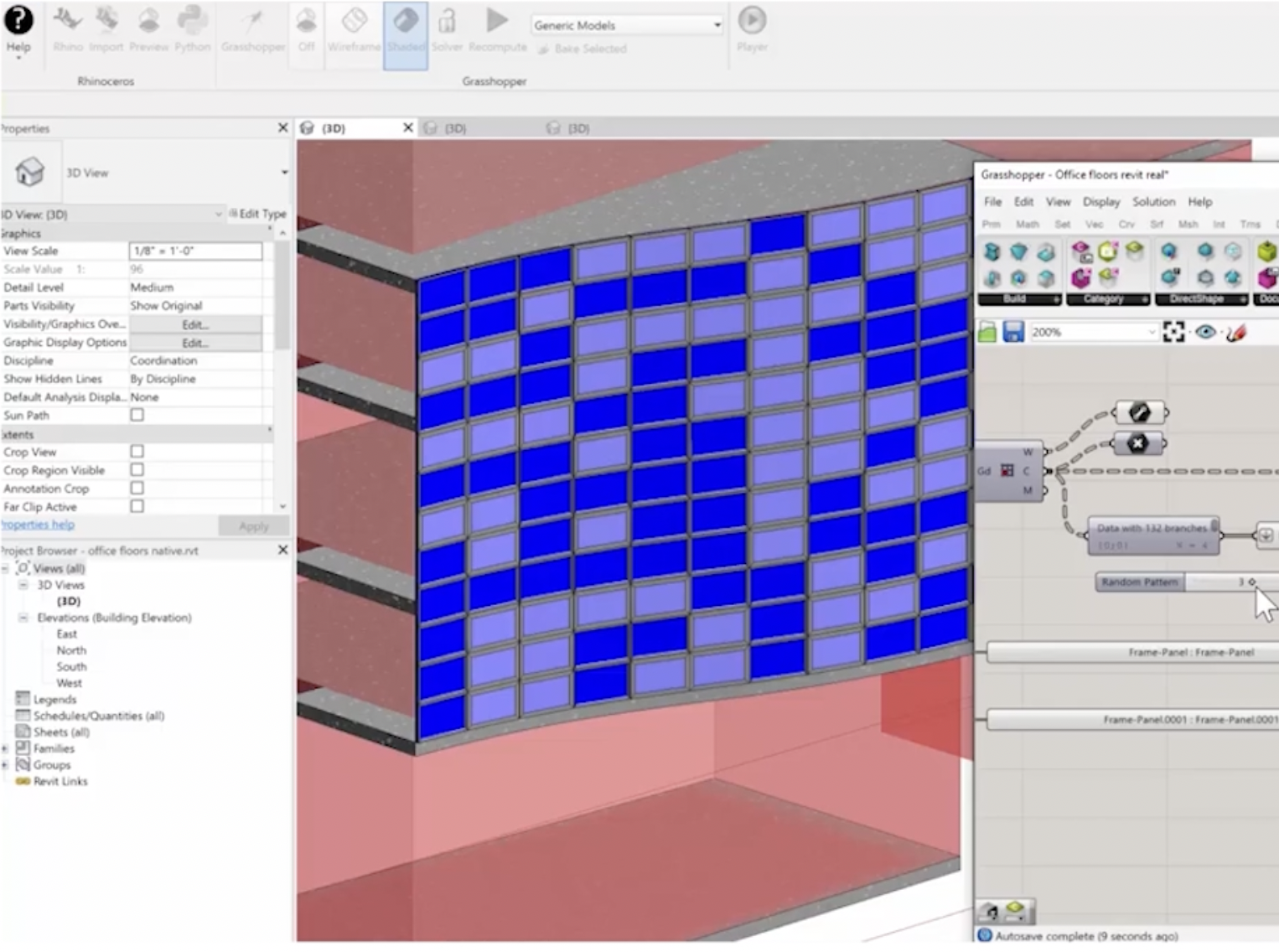 Renowned for its advanced 3D modeling capabilities, Rhinoceros excels in its ability to create highly detailed, organic, and complex 3D models with precision and versatility. The software employs NURBS (Non-Uniform Rational B-Splines) modeling, allowing architects to sculpt smooth, free-form surfaces and create intricate geometric forms. Its familiar “type-in command bar” makes it easy for users to navigate Rhino’s 3D modeling tools. Finally, at a time when 3D scanning has become the leading method for architectural surveys, Rhino’s revolutionary new tool “ShrinkWrap” turns point cloud data into solid, editable meshes.
Renowned for its advanced 3D modeling capabilities, Rhinoceros excels in its ability to create highly detailed, organic, and complex 3D models with precision and versatility. The software employs NURBS (Non-Uniform Rational B-Splines) modeling, allowing architects to sculpt smooth, free-form surfaces and create intricate geometric forms. Its familiar “type-in command bar” makes it easy for users to navigate Rhino’s 3D modeling tools. Finally, at a time when 3D scanning has become the leading method for architectural surveys, Rhino’s revolutionary new tool “ShrinkWrap” turns point cloud data into solid, editable meshes.
Learn more and review this tool >
Autodesk 3ds Max
Best 3D Modeling Tool for Architectural Visualization
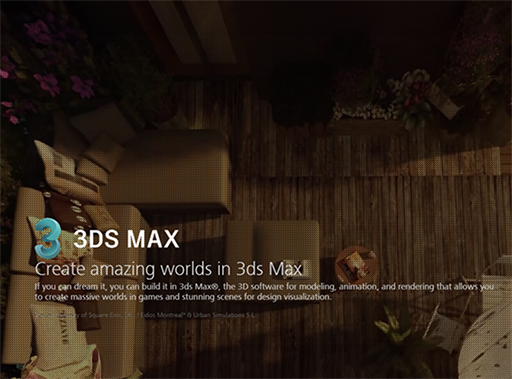 Autodesk 3ds Max is a pivotal tool for architecture 3D modeling and rendering. It has a robust set of polygonal modeling tools and parametric modeling features that enable non-destructive editing, allowing for easy experimentation and design exploration. Still, 3ds Max’s greatest asset is its architectural visualization capabilities. The software delivers high-quality architectural renderings through flexible toolsets for texturing, shading and lighting and even animating architectural scenes.
Autodesk 3ds Max is a pivotal tool for architecture 3D modeling and rendering. It has a robust set of polygonal modeling tools and parametric modeling features that enable non-destructive editing, allowing for easy experimentation and design exploration. Still, 3ds Max’s greatest asset is its architectural visualization capabilities. The software delivers high-quality architectural renderings through flexible toolsets for texturing, shading and lighting and even animating architectural scenes.
Learn more and review this tool >
Blender
Best 3D Modeling Tool for Architectural Animation
Blender is a free and Open Source 3D modeling software. Its innovative array of modeling tools includes N-Gon support, sculpting kits and brushes and even 3D painting. Blender is ideal for architects who want to take their designs into the cinematic universe. The software’s Cycles Render Engine along with its VFX tracking and Animation and Rigging tools, transform architectural designs into stunning, immersive imagery. For the more advanced users, Blender has a Python controlled interface, allowing architects to customize the software according to their needs and even create their own custom tools and add-ons.
Learn more and review this tool >
Modo
Best 3D Modeling Tool for Concept Design
Modo is a software that makes the 3D modeling process fast and seamless. Instead of relying on parametric modeling tools, Mono introduces direct and procedural Modeling toolsets to accelerate the design process and eliminate any need for calculating dimensions and other parameters. Mono excels for early stage concept design, offering real-time rendering capabilities along with flexible modeling tools, becoming the perfect software for intuitive design endeavors.
Learn more and review this tool >
Shapr3D
Best 3D Modeling Tool for Industrial Design
Even though it is mostly used for industrial design and engineering, Shapr3D turns any conceptual idea into a complete project. Prioritizing detail and manufacturing, Shapr3D uses a full 2D and 3D sketch suite that allows architects to accurate shape their designs and flexibly translate them into documented drawings that are ready for production. The software is also available on a tablet, making modeling by hand and collaboration between teams effortless and fostering to-the-point conversations even from a distance.
Learn more and review this tool >
BricsCAD
Best 3D Modeling Tool for BIM Workflow
BricsCAD is a platform that combines 2D and 3D design and BIM. The software has a familiar CAD interphase as well as an integrated AI tool named “the Quad” that learns the user’s design processes, maximizing their workflow. In BricsCAD architects can switch from 2D drawing to 3D modeling in a matter of clicks. Finally, its most revolutionary feature is its “Scan to BIM” capability, turning point cloud data into detailed 3D models using flexible modeling and AI automation.
Learn more and review this tool >
ARCHITEChTURES
Best 3D Modeling Tool for AI-Powered Design
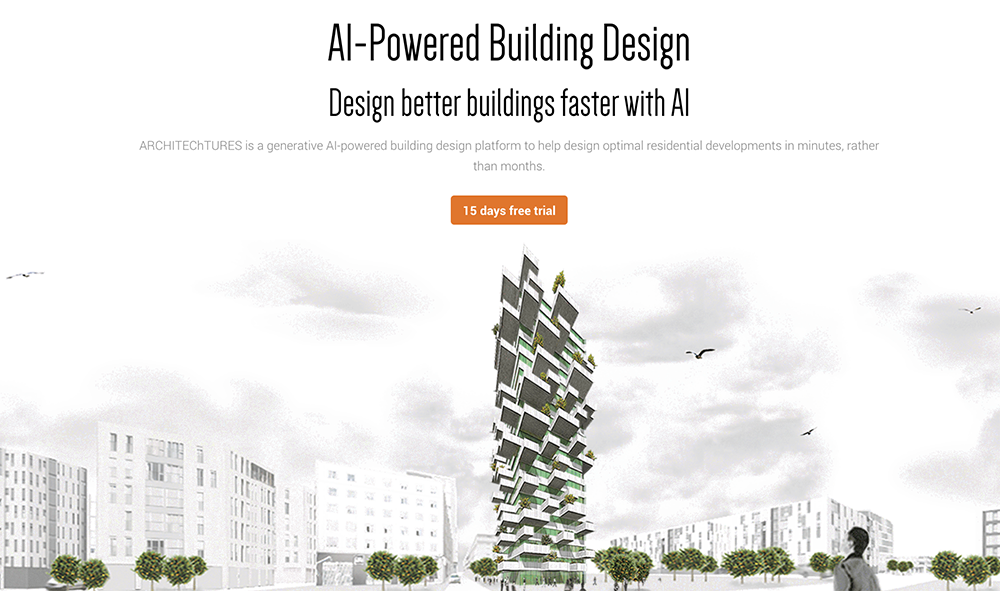
ARCHITEChTURES is an interactive 3D platform, mainly used for residential design in real estate projects. Providing easy access to a country’s building regulations and topographic information, architects can use simple modeling tools to test their designs in context. The software uses manual project modeling with integrated AI that results to quick and flexible iterations. Through real-time 3D modeling, the project data and quantity takeoff documents are automatically updated and ready to use for feasibility studies, design comparisons and cost estimations.
Learn more and review this tool >
How to Choose the Right 3D Modeling Software for Architecture
It is understandable that, having so many 3D modeling tools to choose from, you might feel daunted. But don’t fear: The following tips and considerations will help you choose the right software for your particular needs and design aspirations.
Envision the result: Every architect develops their own aesthetic, both in terms of design as well as visualization. Consequently, experimenting with tools that are able to digitally materialize this vision will aid the overall design process. Perhaps placing emphasis on producing complex geometries as seamlessly as possible becomes a priority; or ending up with an impressive, fully cinematic reel showcasing the space is the ultimate goal. Regardless, knowing which features are the most important to focus on will immensely help when choosing the right software.
Reflect on the workflow: Architects should consider how well each program integrates with other tools in their workflow. The ability to import/export various file formats is essential for collaboration and compatibility with other software used in the design process. Some 3D modeling programs can be integrated with popular software on the market, such as BIM tools or render engines, while others are stand-alone products that offer tools from 3D modeling to rendering and animation – all through a single interface.
Consider the learning curve: Architects should also assess the learning curve associated with each software. For beginners, perhaps opting for a simpler 3D modeling tool will accelerate their learning process. Another option is to choose a program that has a similar operating philosophy and familiar interface with the other tools in their arsenal, thus making the transition more seamless.
Look into the community: Navigating through such powerful software can be challenging. That is why, a strong user community is important, often offering access to forums, tutorials, and user-generated content that can assist in problem-solving and skill development. In fact, some 3D modeling programs also have additional plug-ins or 3D assets that can aid architects immensely.
Think of the hardware and budget: Advanced 3D modeling software is costly, complex and often has high system requirements. Therefore, before opting for a specific tool, architect should ensure that the program is compatible with their existing hardware as well as the software’s pricing structure. Some software options may have upfront costs, subscription models, or free/open-source alternatives. Before making a choice, it is useful to factor in the long-term costs and potential licensing fees.
For more ways to supercharge your workflow, check out more articles in our Tech for Architects series, which includes our recommendations of Top Laptops for Architects and Designers.
